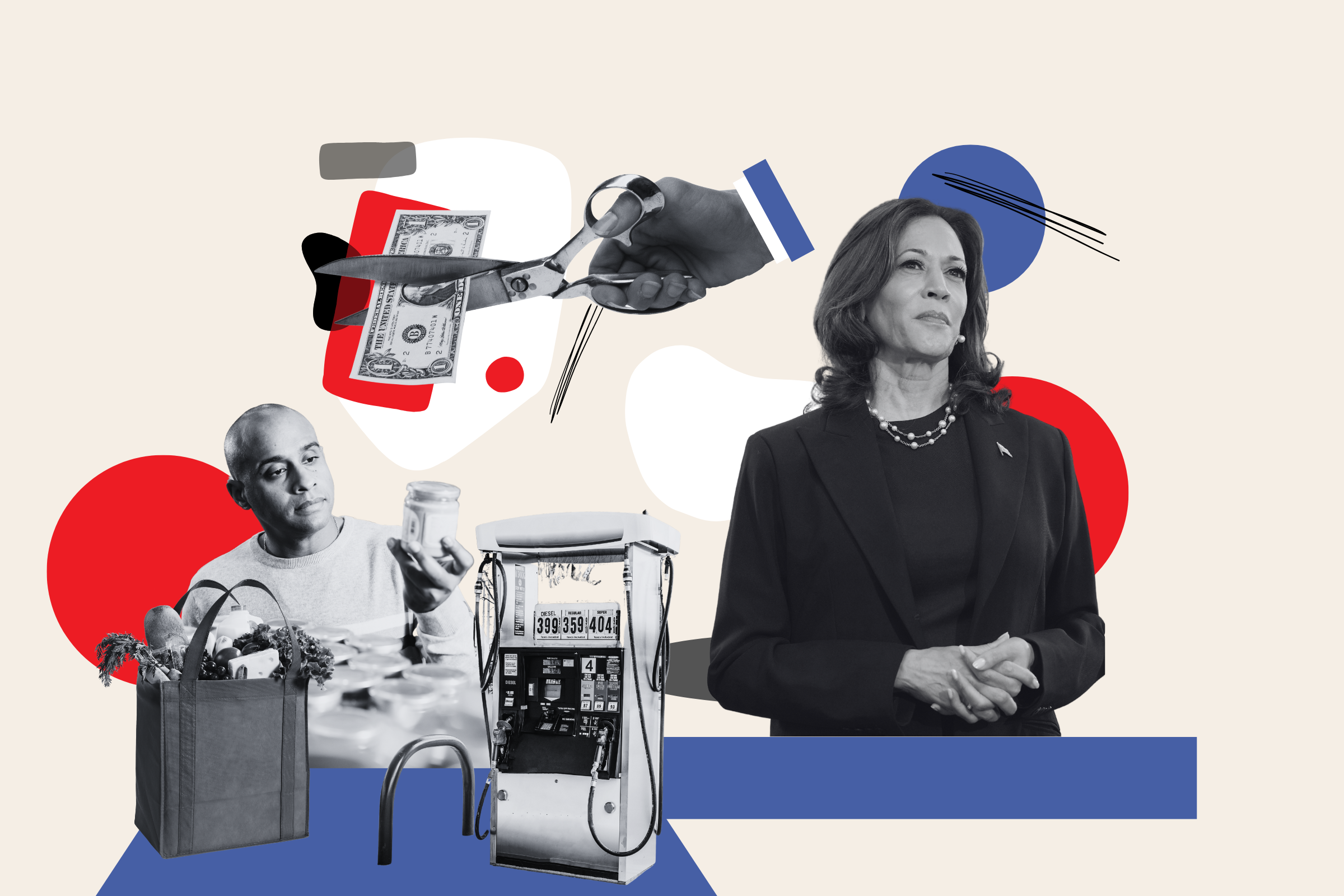Last month, Vice President Kamala Harris introduced key components of her economic plan aimed at reducing living costs, but many economists are skeptical about its effectiveness.
With the economy being a priority in the upcoming presidential election, both Harris, the Democratic nominee, and her opponent, former President Donald Trump, are vying for voter confidence on how they’ll tackle this crucial issue.
A recent YouGov/Economist survey, conducted from August 17 to 20 with 1,565 U.S. adult participants, revealed that inflation and rising prices are top concerns for 26% of voters, followed by jobs and the economy at 12%. Although inflation is slowing, food prices remain 21% higher than they were three years ago.
During a speech in North Carolina on August 16, Harris proposed a ban on price gouging for groceries, attributing high prices to corporate greed. “Prices rose during the pandemic due to supply chain disruptions, but now that supply chains are better, prices are still too high,” she noted.
Her agenda also includes a plan for $25,000 in down payment assistance for eligible first-time homebuyers and a $6,000 tax credit for families welcoming newborns.
In a subsequent interview with CNN’s Dana Bash, Harris expressed her commitment to implementing measures to lower the cost of goods right from her first day in office, underscoring that grocery prices remain unacceptably high.
Trump has dismissed Harris’ anti-gouging proposal, labeling it a “Communist plan” and claiming it has failed historically. He criticized her approach during a recent town hall meeting, stating, “It leads to the same failures every time.”
Some economists echo Trump’s sentiments about Harris’ plan. William Ruger, president of the American Institute for Economic Research, labeled her strategy as “unrealistic and dangerous.” He suggested that improving cost-of-living conditions would require the Federal Reserve to prioritize price stability and for the government to cut back on spending and regulation.
Marc Goldwein, senior policy director for the Committee for a Responsible Federal Budget, expressed doubts that either Harris or Trump could effectively combat inflation without addressing deficits, lowering healthcare expenses, and increasing overall supply.
Justin Wolfers, an economics and public policy professor at the University of Michigan, acknowledged that while Harris has a concrete plan, Trump’s actions remain vague. Trump has committed that if re-elected, his Cabinet will be tasked with tackling inflation within the first 100 days, pledging immediate action upon his return to the Oval Office.
Earlier in the year, Trump proposed eliminating taxes on tips for workers and on Social Security payments, aiming to ease pressures on seniors facing inflation. However, Wolfers cautioned that some of Trump’s suggested policies, like raising tariffs on imports, could actually increase the cost of living, as producers often pass on additional costs to consumers.
In summary, the discussions around inflation and living costs are heating up, with both candidates presenting their visions, but the skepticism around proposed solutions persists.
